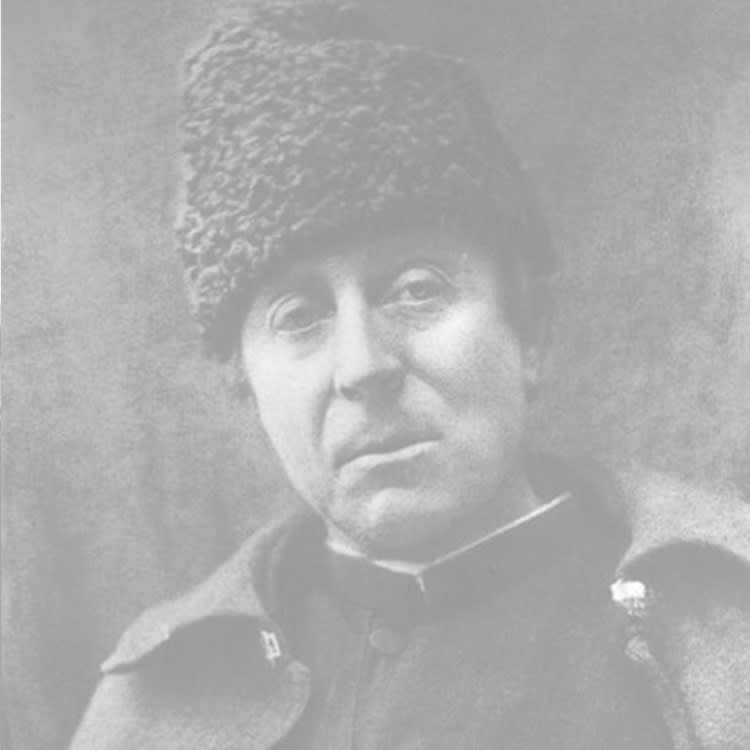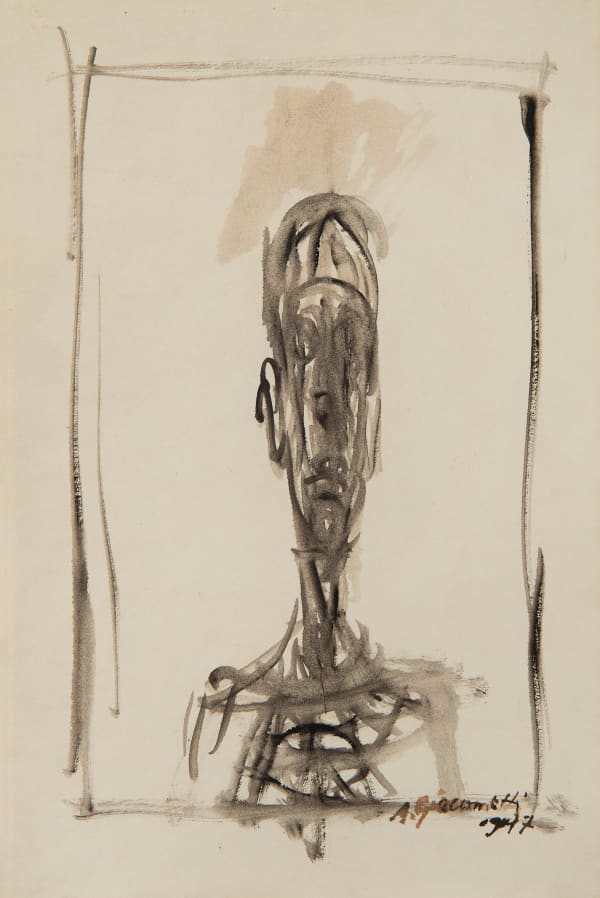PAUL GAUGUIN 1848-1903
Paul Gauguin is a Post-Impressionist and Symbolist artist, whose works are exhibited at the HELENE BAILLY gallery.
Eugène Henri Paul Gauguin, born in 1848 in Paris, France, integrated the navy when he turned 20. In 1871, he abandoned warships to become stockbroker at the Paris Bourse. He took an interest in art in 1874 when Gustave Arosa, his tutor, who was a businessman and an art lover, introduced him to Impressionist group. Gauguin attended the first exhibition of the Impressionist movement. He became then an art enthusiast and left his job in 1882 in order to devote to painting.
From 1879 to 1886, Gauguin took part in last five exhibitions of the Impressionist group. At this time, he also devoted himself to ceramics.
In 1887, he went to Martinique along with painter Charles Laval. The light and the landscapes from which he drew inspiration for his paintings amazed him.
When he came back in France, in 1888, he joined "l'Ecole de Pont-Aven" group in Brittany. Under Emile Bernard's influence, the artistic style of Gauguin was evolving. He was looking for inspiration in exotic art, medieval stained glass, and Japanese prints. He wanted to paint artworks with a strong spiritual meaning. Gauguin considered his trip in Pont-Aven, where there still was a rustic provincial archaism, as the opportunity to come back at a primitivism of art by asking himself about the notion of "savage", which he would more refine when he would travel in the future.
In 1891, the painter embarked for Polynesia and settled in Tahiti. In his paintings, Gauguin was especially focused on colors expressivity, perspective, and use of full and voluminous shapes. His work was gaining strength thanks to the influences of the tropical environment as well as the Polynesian culture. He worked on wood sculptures and delivered his best canvases including his biggest painting " Where Do We Come From? What Are We? Where Are We Going?", currently exhibited in Fine Arts Museum of Boston. In Tahiti, Gauguin met Tehura, made of her his model, and painted seventy canvases in a few months.
At this time, his artworks depicted a sort of "savage" representation highlighting Tahitian figures and everyday life scenes in Polynesia. He also wanted to be an ethnologist and tried to understand how principals of a civilization still was protected from the western "corruption". In 1901, he settled in Atuona, on Hiva Oa Island, and died two years later.

